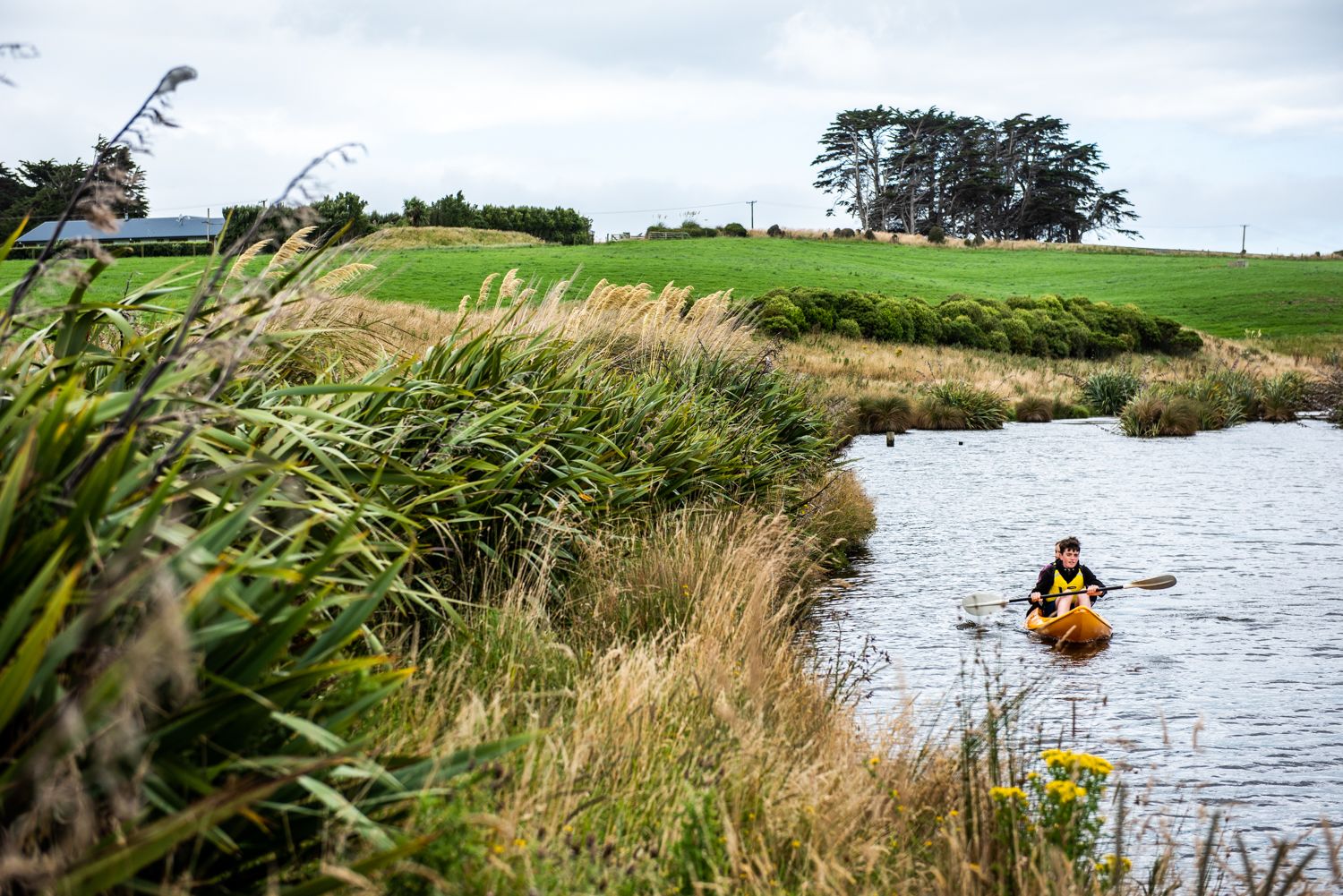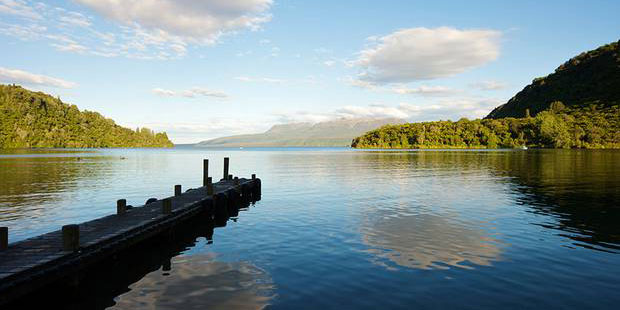Farmers: "cool" not to be unique
When they started farm environmental improvements, couple were unique - but not any more.


Eastern Southland dairy farmers Chris and Lynsey Stratford fielded a lot of questions on the environmental improvements being made when the property they manage was converted from sheep farming 10 years ago.
“Initially there was a lot of interest from other farmers,” Lynsey said. “We were unique at the beginning – but not now…and that’s cool.”
That was in Southland – and Lynsey believes there’s been a much greater national understanding by farmers of action leading to big impacts on the environment over the last 10-20 years.
“We wanted good environmental outcomes,” she said. “But that doesn’t mean you can’t farm. Farmers do a really good job and they now know what good looks like. So the more they can be empowered, the better the outcomes will be.”
“You’ve got to know where to look but first you need to know to look; there’s more support the more that you’re pointed in the right direction.”
She was a lawyer in London when she met Chris, who grew up on Southland sheep and beef farms before attending Lincoln University. He was contract milking in Surrey in the United Kingdom when they married in 2002 and, after coming back to New Zealand a couple of years later, he took a position on a 1000-cow Canterbury farm.
His cousin was leasing land at Curio Bay running sheep and beef but saw its potential for dairying. So, after discussions with friends an equity partnership - South Coast Dairy Limited - was formed involving five couples. Chris and Lynsey took on the managers’ role as well.
They now milk 410 Kiwicross cows and are targeting 170,000kg of milk solids this season. Of the 200 hectares of rolling to easy hill country, their dairy herd grazes on 135ha.
There’s 29ha of rare coastal podocarp forest which they put under a Queen Elizabeth II covenant and then began a pest trapping programme. The rest of land is made up of 18ha of sand country with the remaining 20ha riparian margins, gullies and wetlands.
“It’s quite a climatically challenging area because of the coastal winds,” Lynsey says. That meant much planning went into where shelterbelts, fences and a reticulated water system should be placed. These were all GPS-mapped, particularly handy when it comes to future maintenance of water lines.
They built a 44-a-side milking shed and alongside it a weeping wall and effluent pond with 120 days of storage capacity. “That helps the environment and also people,” she says.
Effluent doesn’t need to be applied through their low application rate system if the soil is too waterlogged and can be deferred during busy times such as in spring, easing pressure on staff.
Over 10,000 plants were put in, starting with riparian margins once they were fenced off. Wetland areas and the podocarp forest’s biodiversity were enhanced through sourcing local seed from an adjacent Department of Conservation (DOC) forest block.

Photo / Supplied.
Photo / Supplied.
Environment Southland’s land sustainability manager, Nathan Cruickshank, drew up shelter planting plans as well as recommending suitable species. Janet Gregory from NZ Landcare Trust, who coordinated the Biodiversity Southland Forum, gave advice and helped out when it came to funding for fencing and protection of the podocarp forest. DOC, local iwi, Forest and Bird and Fish and Game all provided expert advice.
“We knew what we wanted and they all helped us with the how,” Lynsey said. “Their knowledge and experience was really invaluable.”
Initially the Stratfords carried out a lot of the planting themselves before the local Lions club got involved in flax planting; YMCA Conservation Corps also started to lend a hand.
“It was a win-win situation because they helped out but also gained an insight into what we were doing and why.”
Many more trees have been planted every year since with regular testing showing significant water quality improvement when it comes to e. coli levels.
Birdlife has increased “massively”, Lynsey says: “You can hear tui and bellbirds now and to see them is awesome.”
Their children, Callum, 14, and Olivia, 12, have been very involved in the planting programme.

Chris and Lynsey Stratford with thier children Olivia (12) and Callum (14). Photo / Supplied.
Chris and Lynsey Stratford with thier children Olivia (12) and Callum (14). Photo / Supplied.
“They’ve grown up on the farm and have been with us when we’ve been planting and they’ve picked up that interest,” she says.
Callum has carried this on through his two-year involvement in setting and checking traps targeting stoats, ferrets and rats for the South Catlins Charitable Trust next to the hoiho or yellow-eyed penguin site in Curio Bay.
There’s still much more to be done when it comes to their future planting plans.
“We’re chipping away at it,” Lynsey says. “There’s endless potential on this property.”





